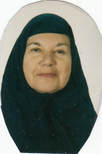
"I could be bald under the scarf and naked under the coat and nobody would know."
She said that when we were in the hotel room, but in desert country the outfit sometimes became miserable—especially when hiking on the cobblestones of a desert city such as Yazd, with every mud-brick wall and hard surface reflecting the heat.
A long bus trip across the Dasht-e Kavir Desert brought us here, one of the oldest cities in the world. After a needed rest in the hotel, a group of bungalows in an oasis-like garden, we walked through the hot, dry streets of Yazd's Old Town, protected as a UNESCO World Heritage Site. Dusty desert spirits followed us around corners and through brick arches. Suddenly, a youth on a motorbike roared past, sending us against the dry brown walls.
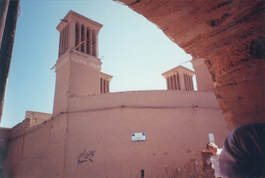 Wind towers, Yazd, Iran
Wind towers, Yazd, Iran 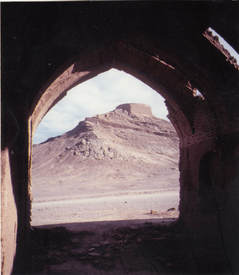 Zoroastrian Tower of Silence, Yazd
Zoroastrian Tower of Silence, Yazd 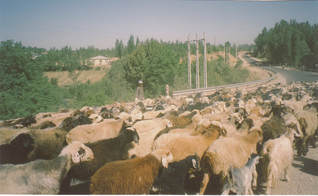 Bedouin goat herders, Iran, 1999
Bedouin goat herders, Iran, 1999 Driving to a celebrated Persian garden, we discovered a gigantic column in the center of a traffic round-about: a copy of one from Emperor Darius's palace at Persepolis erected by the last Shah as part of his celebration for the 2,500 anniversary of the Persian empire. The garden turned out to be next to one of the Shah's several dozen palaces, with a helicopter landing pad bordering the roses. Later, we were surprised when several grubby boys came up demanding money or presents, which hadn't happened to us before in Iran. Our guide explained that they were Afghani children, refugees from the wars in Afghanistan.
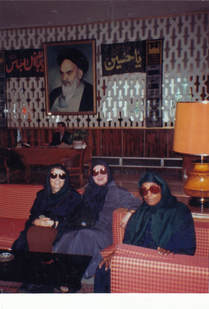 Sherrill (center) with traveling friends & Ayatollah Khomeini, Shiraz, Iran
Sherrill (center) with traveling friends & Ayatollah Khomeini, Shiraz, Iran Monuments commemorating the Iran-Iraq War dominated many intersections. A young soldier strode forward with an anti-tank missile launcher against his shoulder atop one monument, but on another a flock of peace doves clustered on a giant world globe. Each city we visited had erected large portraits of its young men who had died in the war with Iraq. We were coming to understand the impact of this war. For eight years, Iran fought alone while Saddam Hussein used weapons provided by and financed by the West. Some 800,000 Iranians were killed by bombardments, 65 percent of them civilians.
"One evening, my wife was alone downstairs when bombing began. When she ran up to get the children, she discovered that our four year old son had put a coat on his little sister and, sobbing the whole time, was trying to get her to the shelter. After that, I quit my job because I couldn't bear to be away from my family during the Iraqi raids."
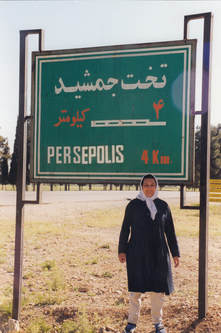 Our friend Hala on the way to Persepolis
Our friend Hala on the way to Persepolis "Just think," Sherrill told me, "what it must have been like before Alexander destroyed it." She shook her head with an ironic smile. "Men and their egos!"
"Relax," Sherrill told me. "The driver doesn't want to die, either."
Over the years, she often reminded me of this.
As we drove across the hot empty countryside, the women on the bus took off their scarves and unbuttoned their manteaus.
"Scarf alert!" Hala or the guide would call out when we approached a village, town, or military check point. Then Sherrill and the other women would make sure that they were modestly covered.
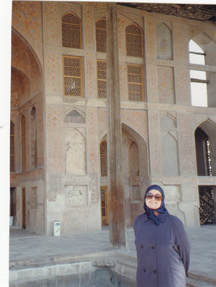 Sherrill. 17th century palace, Isfahan
Sherrill. 17th century palace, Isfahan Isfahan's vast Royal Square surpassed its reputation, even if it now was called Imam Khomeini Square. We were struck not only by its immense size, but by the magnificent buildings around it, including a 17th century mosque and an 18th century palace, from the balcony of which Vita Sackville-West watched polo matches. The new sport was braving the crowds in the bazaar next to the mosque. Merchants competed to lure us into their stalls, sometimes in German.
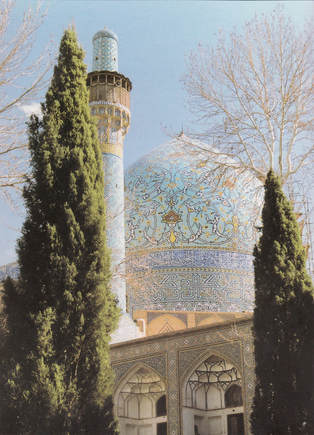 Tile-covered minaret & shrine, Isfahan
Tile-covered minaret & shrine, Isfahan We visited many other cities and towns in Iran, all of them fascinating in different ways. We didn't linger in the holy city of Qom because we weren't allowed into the important shrines and mosques. However, we did see, in their turbans and robes, many of the fifty thousand mullahs who lived and worked there. The Islamic revolution started in Qom and it still was the most conservative city in the country. The women we saw wore the black chador rather than a manteau and scarf.
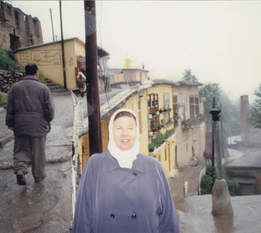 Sherrill in foggy mountain town of Masuleh
Sherrill in foggy mountain town of Masuleh "It's interesting, but I wouldn't want to live here," Sherrill said, as we hiked up and down the steep cobblestone streets.
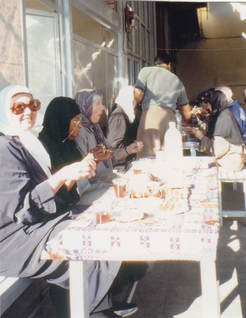 Sherrill & group, breakfast at Caspian Sea cafe
Sherrill & group, breakfast at Caspian Sea cafe 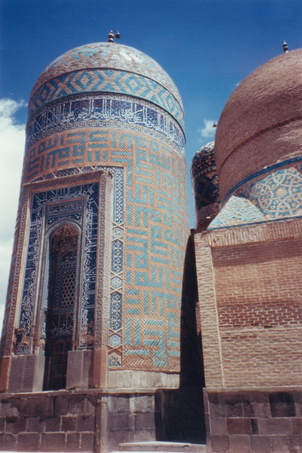 Tile-covered tower, Ardibil, Iran
Tile-covered tower, Ardibil, Iran Back in Tehran, we visited the Pahlavi palace complex in the tree-lined western hills above the city. Leaving our bags and cameras on the bus, we walked into the complex, where we could see palaces of different sizes and styles among the trees, positioned on the steep hill for views of the city below. Mohammed Reza Shah, father of the last shah, had had an ancient village razed to build eighteen palaces in this wooded setting overlooking Tehran. The main palace and compound were the site of the 1944 Tehran Conference between Roosevelt, Stalin, and Churchill, although we saw no memorabilia of the conference anywhere.
End of Part Two
To be continued....
Please pass the posts on to anybody else you think might enjoy them.
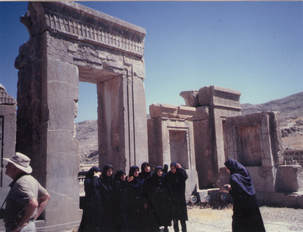
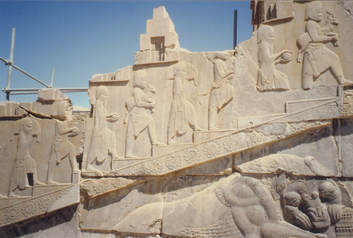
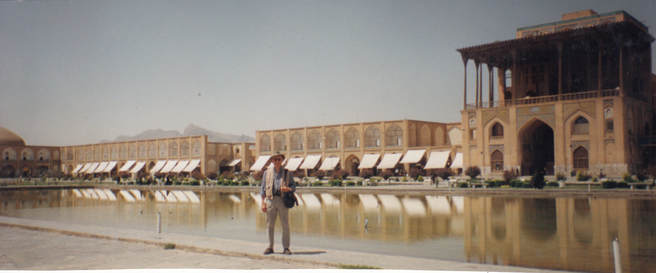
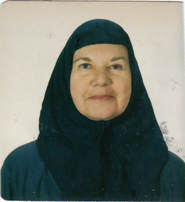
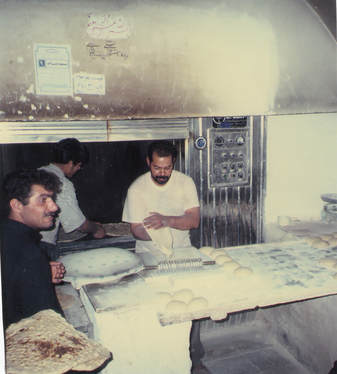
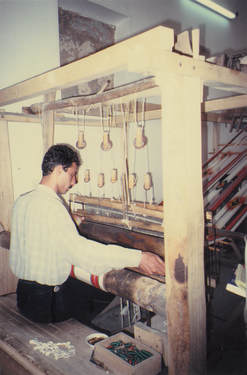
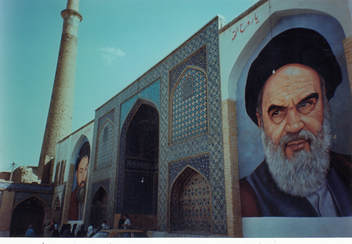
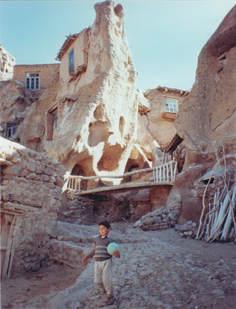

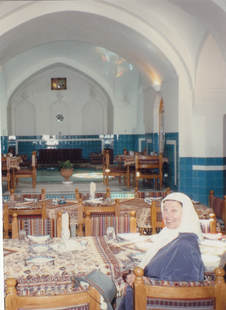
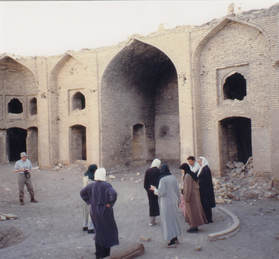
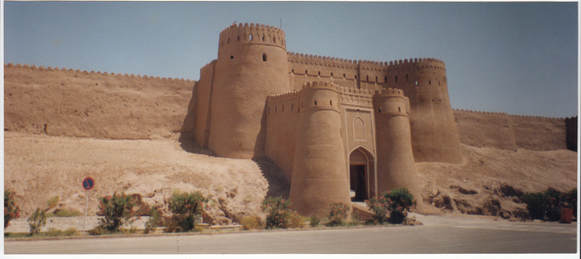
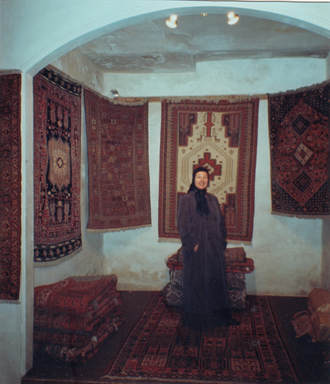
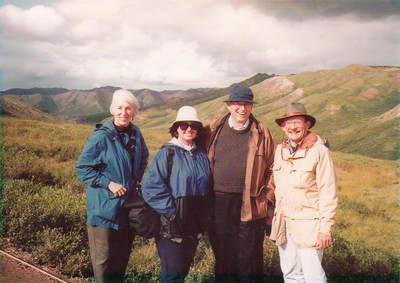
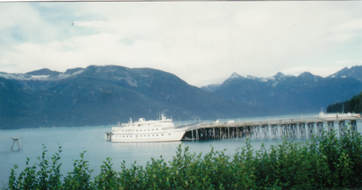
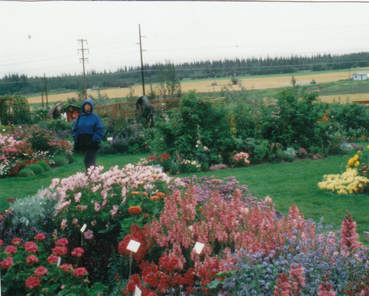
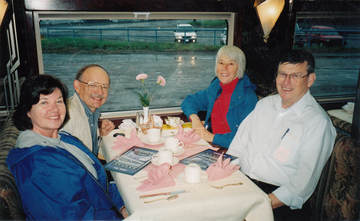
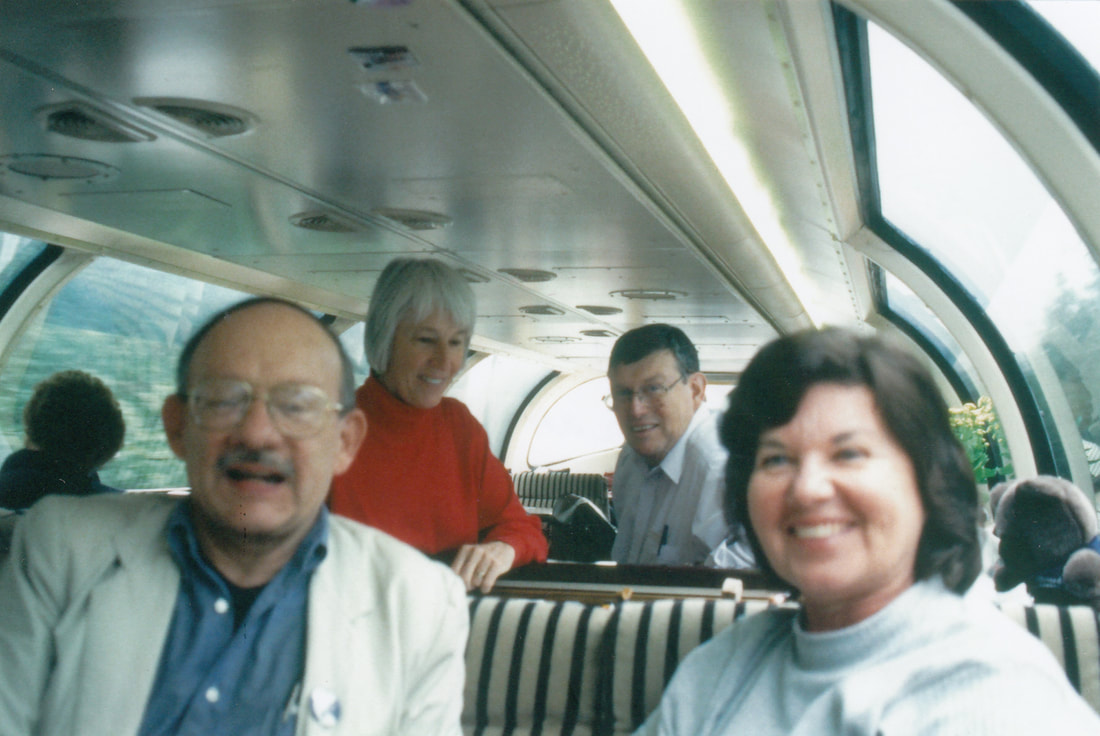
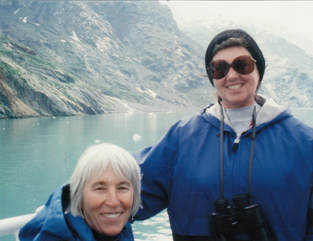
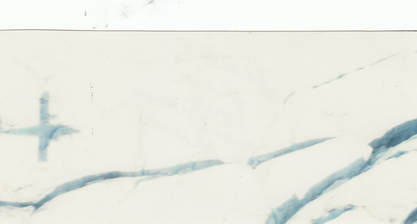
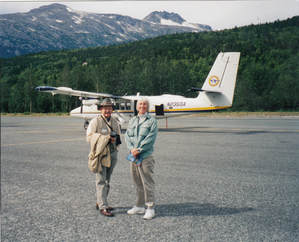
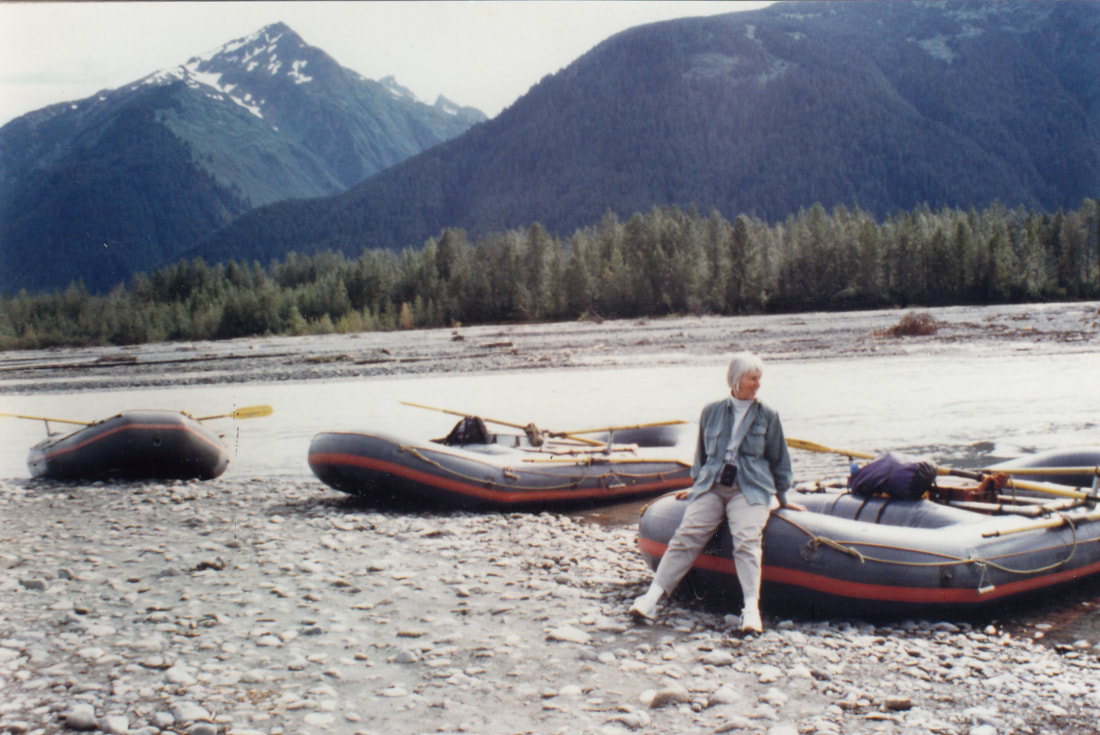
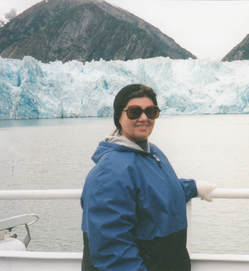
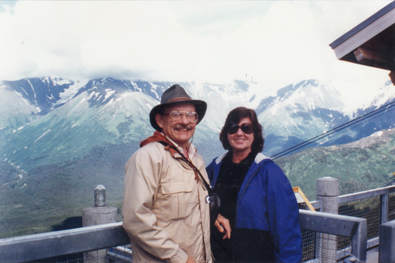
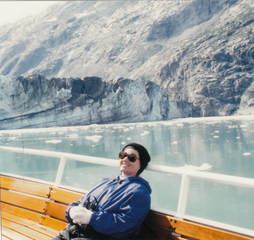
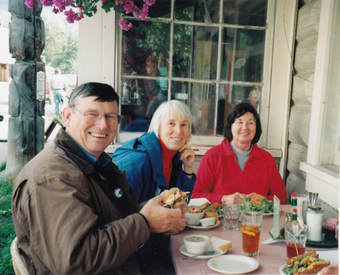
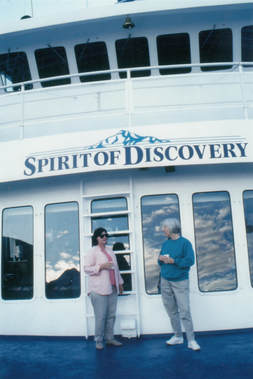
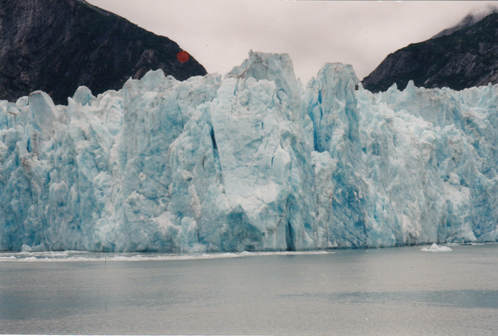
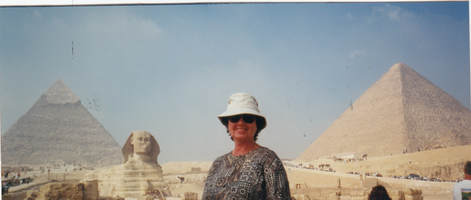
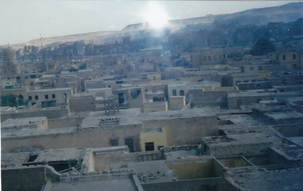
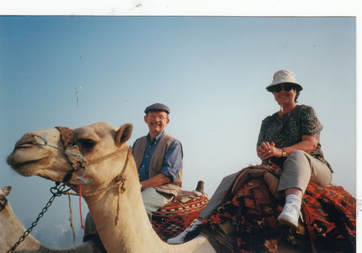
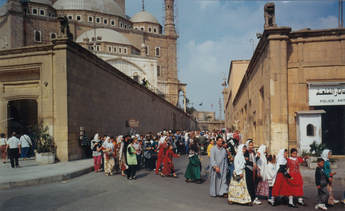
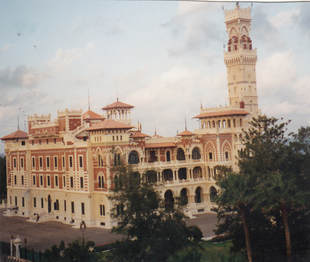
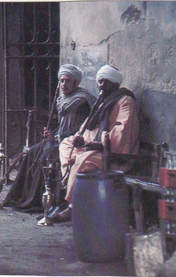
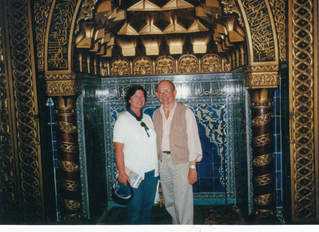
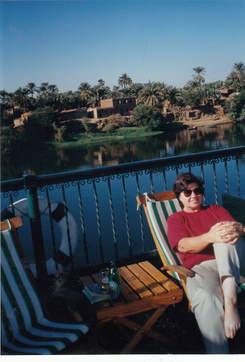
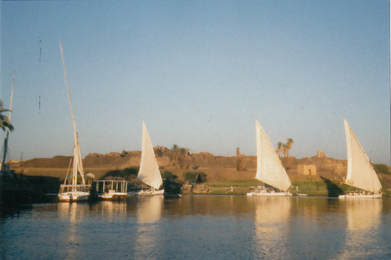
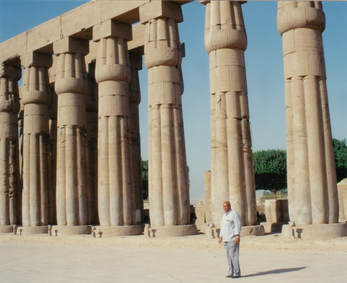
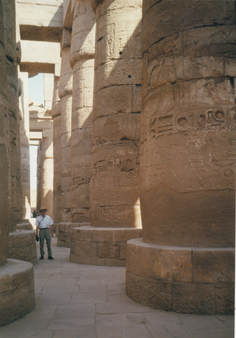
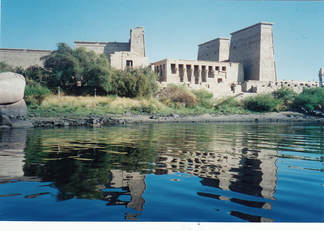
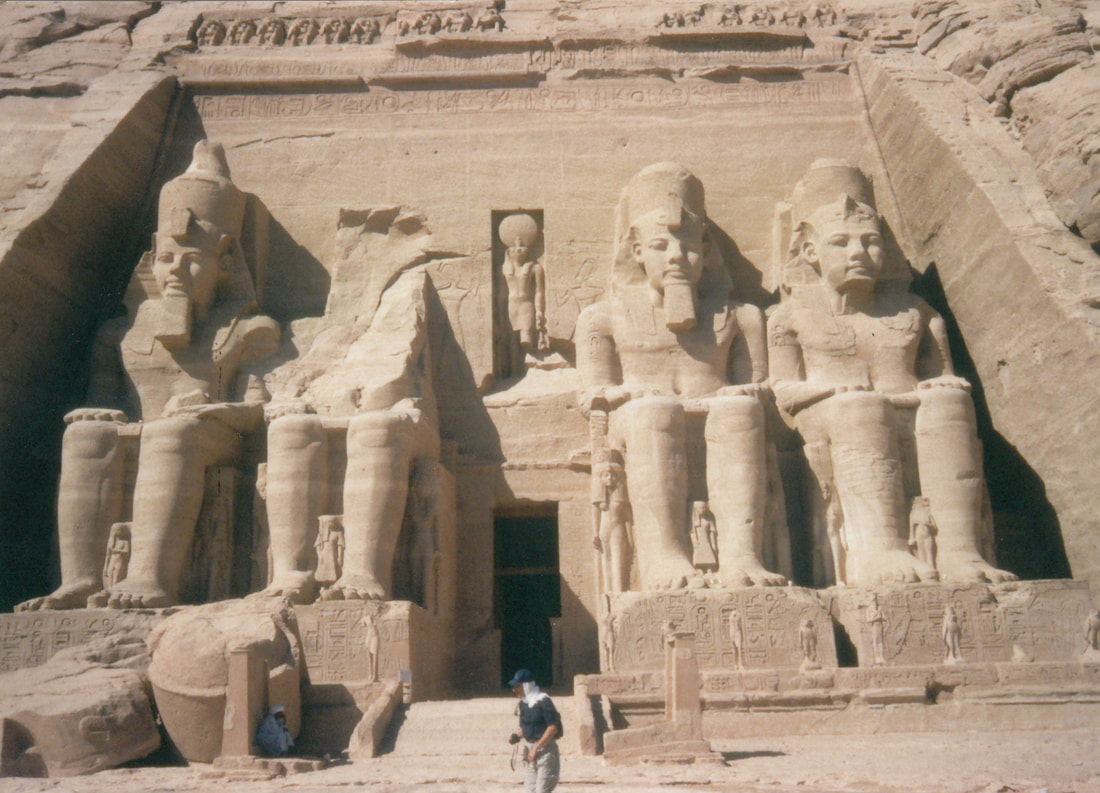
 RSS Feed
RSS Feed